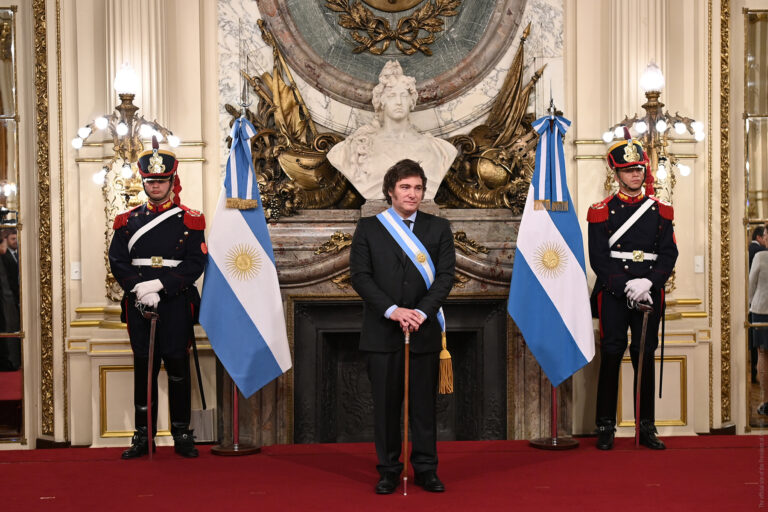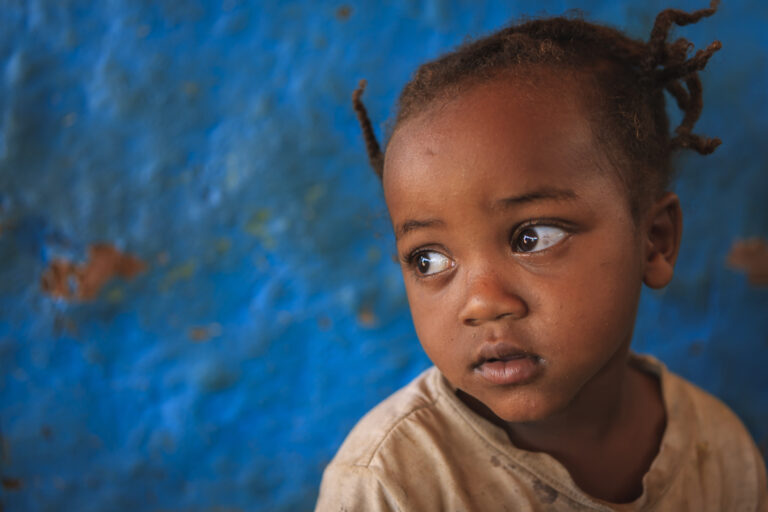Finally — a Good Use for Condoms
For years the population controllers have been dumping millions upon millions of condoms into Africa. Finally someone has found something useful to do with all these condoms. Sari makers in India are using them to lubricate the yarn on their looms, By rubbing them on the bobbins while making brocade saris, they prevent the yarn from snapping, It is estimated that the sari industry uses half a million condoms every day. It takes almost 15 condoms to produce one Benarasi sari. Unfortunately, not everyone is pleased with this innovative use for condoms. India’s health minister, CP Thakur, has banned using condoms in the sari-making industry. He claims this unconventional use of condoms has led to a shortage of free condoms and is affecting India’s population control program.
In addition to ensuring that India’s condom supply isn’t put to good use by sari makers, Health Minister Thakur has come up with another way to control India’s population — televisions. Television, according to Thakur, can help to control population in two ways: first, by making the public more aware of government population control media campaigns, and secondly, by helping to “distract the country’s rural population from procreative activity.” The plan, which has not yet received the approval of the Cabinet, is to purchase thousands of TVs and to place them in “rural community halls in the high [population] growth states.” (“India bans use of condoms in sari-weaving industry,” Ananova, 23 August 2001, quoted in LifeSite, 24 August 2001; Edward Luce, “India to use television for birth control,” National Post, 31 August 200l, quoted in LifeSite, 31 August 2001)
Never too Early?
While most people think that picture books should be about lighthearted topics of interest to young children, the Japanese Organization for International Cooperation in Family Planning (JOICFP) is using picture books to introduce weightier matters. In an article entitled “Never too Early to Learn About RH [Reproductive Health],” JOICFP describes a children’s picture book entitled Pika-pika, which is being used to educate (some would say indoctrinate) preschoolers on reproductive health issues. The articles explains, “there is a shortage of children’s material concerning population and RH, topics that are usually reserved for adults, yet Pika-pika shows that if children are introduced to these ideas through suitable material, awareness can be raised, at even preschool age,” Left unexplained is why awareness of population and reproductive health issues needs to be raised at all in the minds of innocent little ones. (“Never too Early to Learn About RH,” JOICFP News, August 2001)
Sex Selective Abortion in India
Although officially outlawed, sex-selective abortion has always been common in India, where boys are traditionally preferred to girls. So headlines aimed at Indians which read “Choosing the sex of your baby; new scientific reality” and “Pregnant? Wanna know the gender of your baby right now?” should come as no surprise. The only catch is, these ads appeared in the United States and Canada, in newspapers such as India Abroad and The Indian Express, written specifically for Indian émigrés.
The New York Times recently reported on a series of advertisements that perpetuate the preference for boys so common in India. The services being offered in these advertisements range from doubtful techniques which claim to determine that sex of a baby five weeks after conception, to expensive procedures which inseminate women with only those sperm carrying male chromosomes.
Similar procedures for selecting the sex of a child are being marketed to Chinese immigrants.
The traditional preference for boys in India has caused a drop in the ratio of girls born to boys. In 20 years, the number of girls born per 1,000 boys dropped from 962 to 927. India outlawed tests to determine the sex of unborn children in 1994, but the government has been unable to enforce the law. There are people who travel around the country with portable ultrasound machines in order to facilitate sex-selective abortions.
(Susan Sachs, “Clinics’ Pitch to Indian Emigres: It’s a Boy,” New York Times, 15 August 2001)
UN & Guatemala
The United Nations has ordered Guatemala to loosen its laws prohibiting all abortions. Under the Guatemalan constitution, human life is protected from the time of conception. The United Nations Human Rights Committee issued a recommendation to Guatemala, stating that it must amend the law to establish exceptions to the “general prohibition against abortion.”
(“United Nations Orders Guatemala to Loosen Abortion Law,” LifeSite, 31 July 2001)










